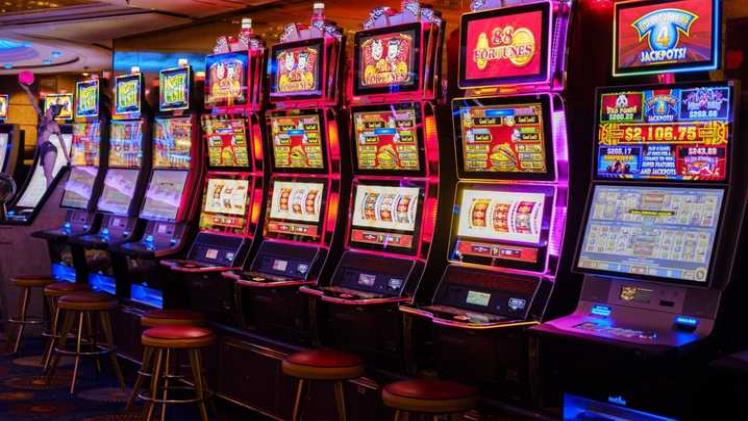Introduction:
Slot machines have been a staple in casinos and gaming establishments for decades, captivating players with their flashing lights, spinning reels, and the anticipation of a big win. Over the years, these iconic gambling machines have undergone a remarkable evolution, transitioning from mechanical devices to the advanced digital slots we know today. In this article, we will explore the fascinating journey of slot machines and how they have transformed into the digital marvels that dominate the gambling industry.
I. The Birth of Mechanical Slot Machines:
The history of slot machines can be traced back to the late 19th century when the first mechanical slot machine was invented. These early machines, also known as “one-armed bandits,” featured physical reels with various symbols. Players would pull a lever to set the reels in motion and hope to align matching symbols to win prizes. These mechanical slot machines relied on intricate mechanisms, springs, and gears to operate, creating a tactile and engaging gambling experience.
II. Electromechanical Slot Machines:
In the mid-20th century, slot machines underwent a significant transformation with the introduction of electromechanical technology. These machines incorporated electrical components, such as motors and solenoids, to control the spinning of the reels. The addition of electricity allowed for more complex gameplay mechanics, including multiple paylines and the introduction of bonus features. Electromechanical slot machines paved the way for more dynamic and interactive gameplay, captivating players with their improved functionality and increased winning potential.
III. Video Slot Machines:
The next major milestone in the evolution of slot thetalka machines came with the advent of video technology. Video slot machines replaced the physical reels with virtual reels displayed on a screen. These machines offered more flexibility in terms of game design, allowing for a wider variety of themes, graphics, and animations. The transition to video slots also introduced additional features like bonus rounds, free spins, and interactive mini-games, enhancing the entertainment value of slot machines.
IV. Online Slots and Random Number Generators:
The rise of the internet in the late 20th century brought allworldday about a revolutionary change in the gambling industry with the introduction of online casinos. Online slots took the concept of video slots to the digital realm, allowing players to enjoy their favorite slot games from the comfort of their homes. These virtual slots utilized random number generator (RNG) software to ensure fair and unbiased outcomes. The use of RNG technology made online slots even more secure therightmessages and transparent, providing players with confidence in the integrity of the games.
V. Mobile Slots and the Rise of Mobile Gaming:
With the proliferation of smartphones and mobile devices, slot machines made another leap forward with the development of mobile slots. Mobile gaming platforms and casino apps allowed players to access their favorite slot games on the go, anytime and anywhere. The convenience and portability of mobile slots opened up new possibilities for players, further popularizing the slot machine experience.
VI. Advanced Digital Slots:
Today, digital slots have reached unprecedented levels of sophistication. Advanced graphics, high-definition animations, and immersive sound effects create an engaging and visually stunning gambling experience. Online casinos now offer thousands of different slot games, each with its unique features, themes, and gameplay mechanics. From progressive jackpots to cascading reels and 3D graphics, digital slots continue to push the boundaries of innovation, captivating players with celebrow their exciting gameplay and potential for substantial winnings.
VII. The Future of Slot Machines:
As technology continues to advance, the future of slot machines looks promising. Virtual reality (VR) and augmented reality (AR) technologies hold the potential to revolutionize the slot machine experience by providing players with an even more immersive and interactive gaming environment. Additionally, the integration of blockchain technology and cryptocurrencies may introduce new possibilities for transparency, security, and decentralized gaming.
Conclusion:
From the mechanical slot machines of the past to the advanced digital slots of today, the evolution of slot machines is a testament to the continuous innovation and creativity within the gambling industry. The transition from mechanical to digital has expanded the possibilities of slot gameplay, providing players with a wider variety of games, enhanced visuals, and more exciting features. As technology continues to progress, we can expect further advancements in slot machine design and gameplay, offering players an ever-evolving and thrilling gambling experience.

